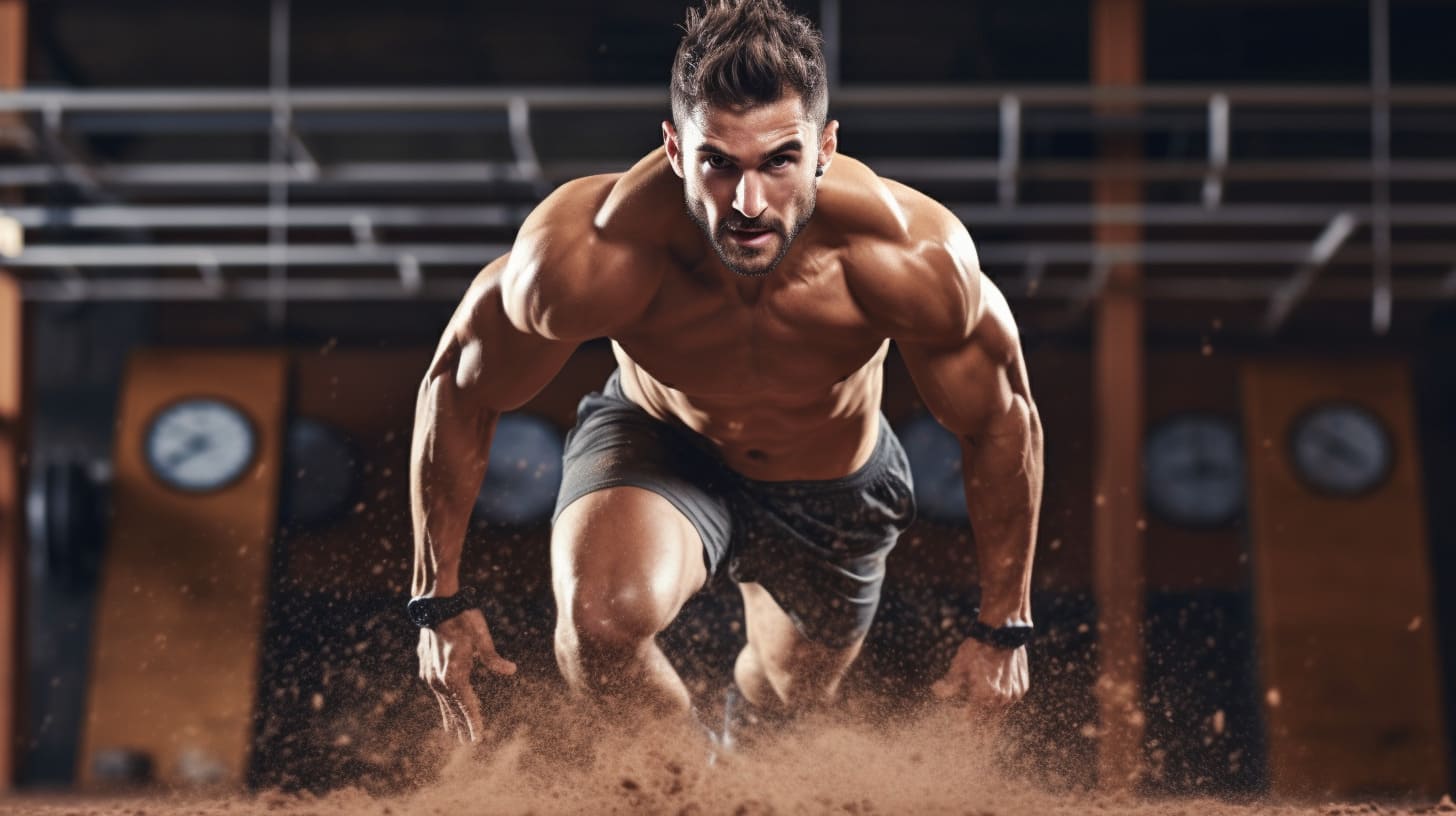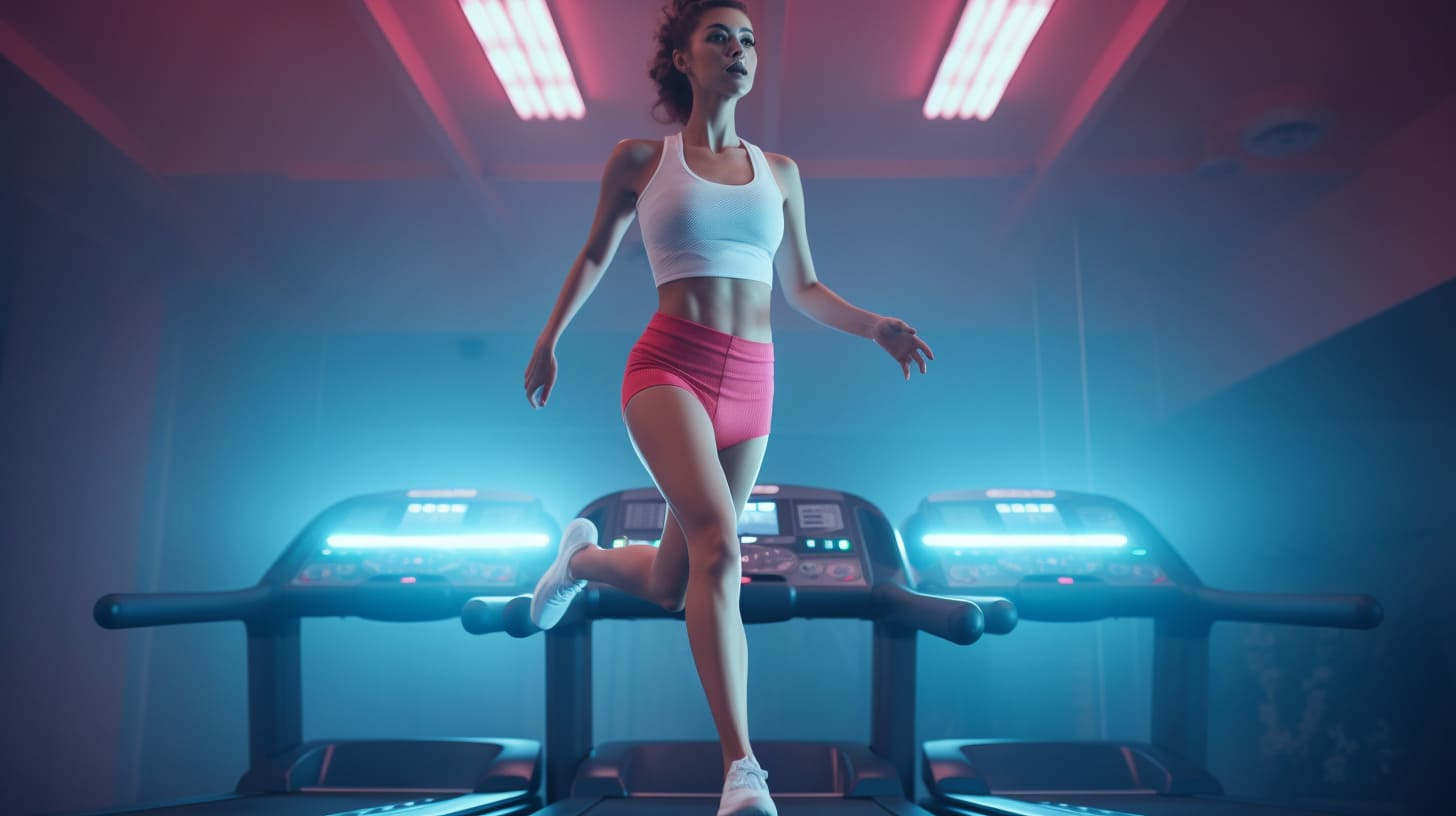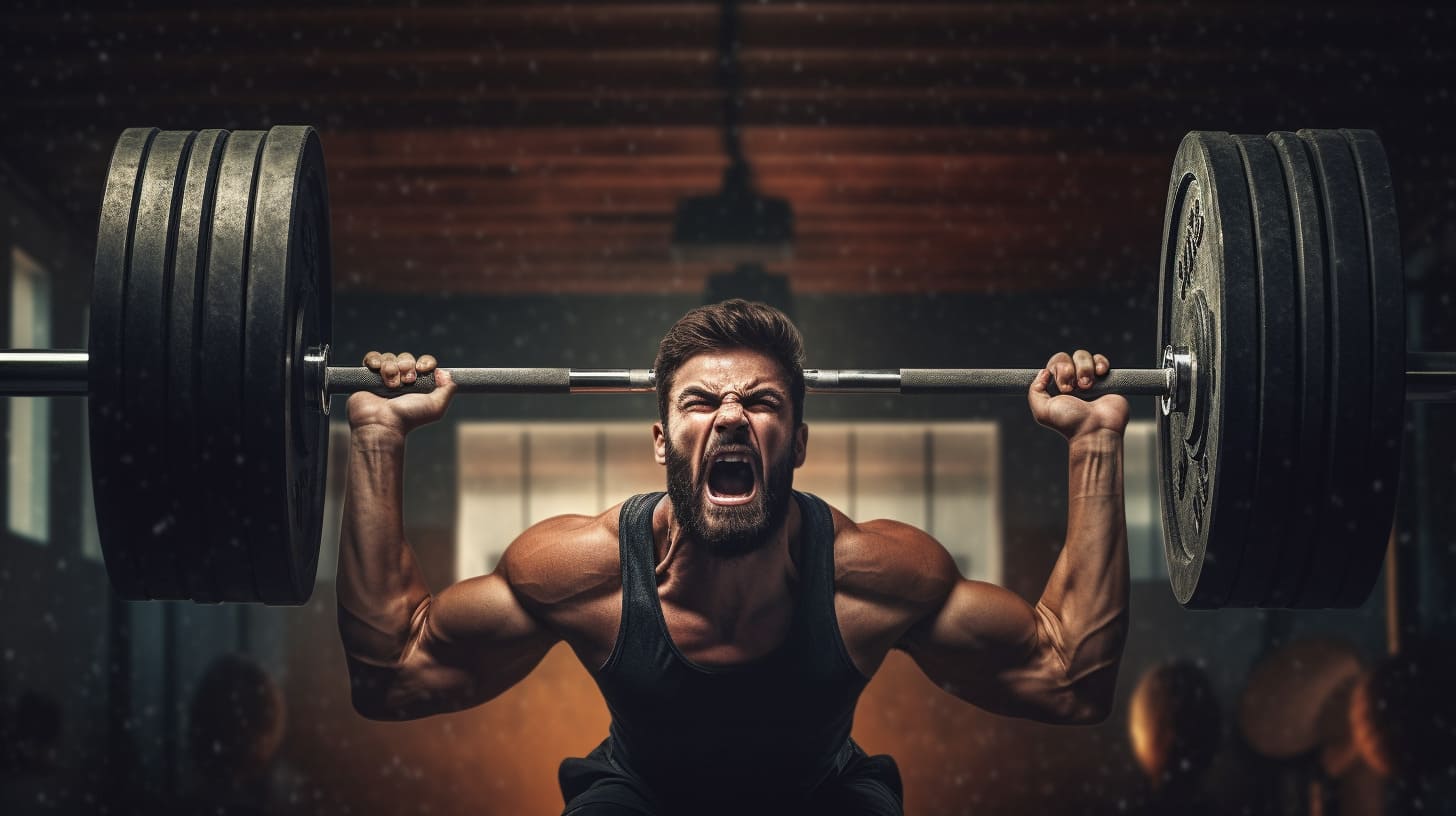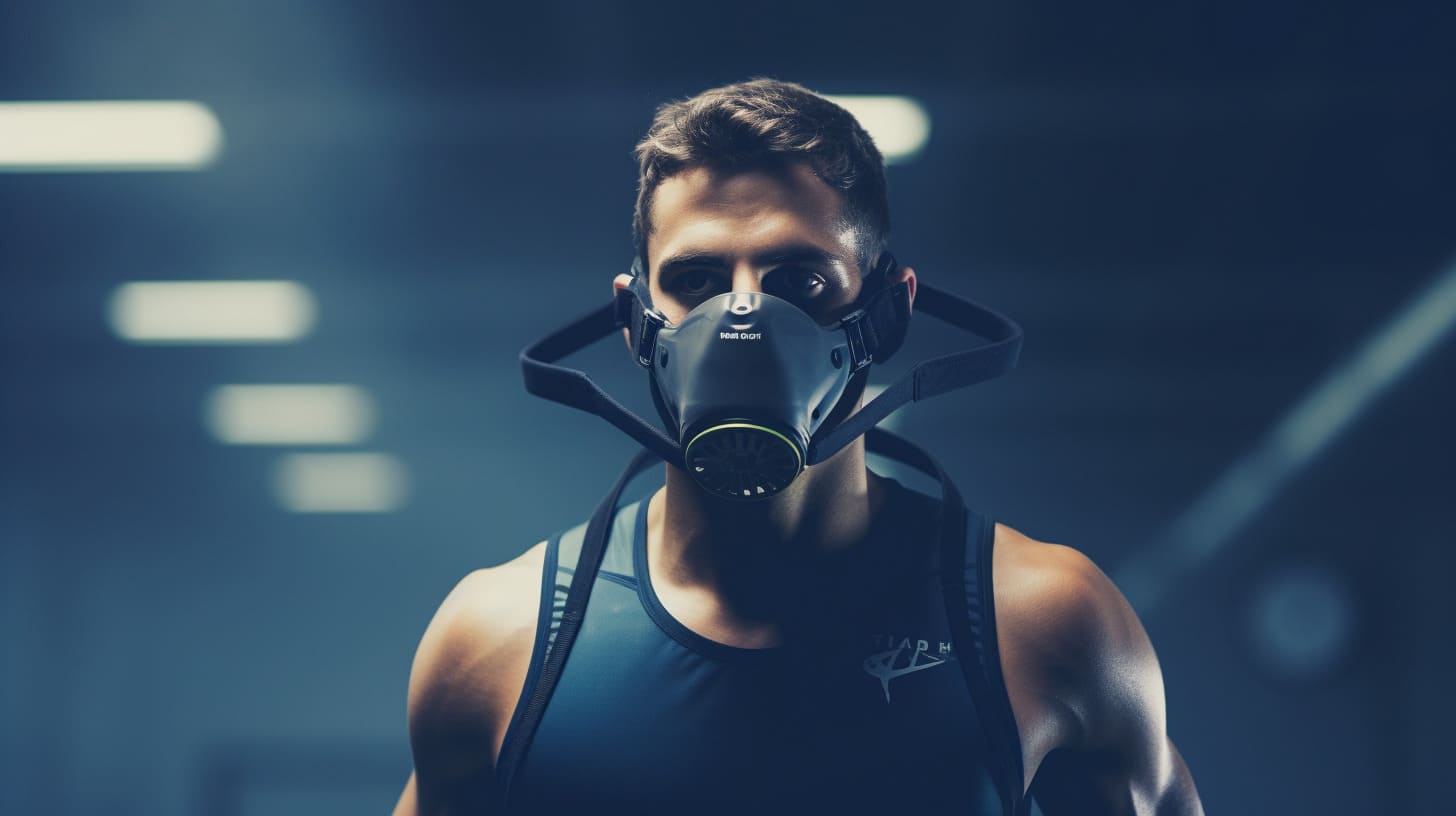Imagine a scenario where every breath you take translates into a longer, more vibrant life. This isn’t just wishful thinking—it’s the power of understanding and improving your VO2 max. Known as the maximum rate of oxygen consumption, VO2 max measures the efficiency of your body to utilize the breath of life during peak physical exertion. It’s not just a metric for athletes; it’s a cornerstone for anyone seeking a healthier, more active lifestyle.
What is VO2 MAX?
VO2 Max, or maximal oxygen consumption, refers to the maximum amount of oxygen that an individual can utilize during intense or maximal exercise. It’s a metric used to measure cardiovascular fitness and aerobic endurance. VO2 Max is expressed in milliliters of oxygen used in one minute per kilogram of body weight (mL/(kg·min)). This measurement captures the efficiency of the cardiovascular and respiratory systems in supplying oxygen to the muscles during prolonged physical activity, as well as the muscles’ efficiency in using that oxygen.
Why is VO2 Max Important?
The significance of VO2 max lies in its association with cardiovascular health and longevity. A higher VO2 max indicates a more efficient heart, lungs, and circulatory system. It plays a pivotal role in how well your body performs when pushed to its limits, and a higher value is correlated with a reduced risk for chronic diseases, better health outcomes, and an extended lifespan.
Importance of VO2 Max:
- Fitness Indicator: VO2 Max is widely regarded as the best indicator of cardiovascular fitness and aerobic endurance. Higher VO2 Max values are associated with more efficient heart, lung, and muscle functions.
- Performance Predictor: For endurance athletes, such as runners, cyclists, and swimmers, VO2 Max can predict performance, with higher values often indicating the potential for better performance.
- Health Insights: Beyond athletic performance, a higher VO2 Max is associated with lower risk of chronic diseases, including heart disease, obesity, type 2 diabetes, and high blood pressure. It’s also linked to a lower risk of mortality.
How to increase VO2 Max?
Increasing your VO2 max can be achieved through dedicated effort and smart training choices. We’ll guide you through actionable steps to unlock your body’s potential.

High-Intensity Interval Training (HIIT)
HIIT involves short bursts of intense activity alternated with recovery periods. It’s not only time-efficient but also a powerhouse in enhancing aerobic capacity and, by extension, VO2 max.

Aerobic Exercise
Engage in activities that raise your heart rate and make you breathe faster. Running, cycling, and swimming are the gold standards in boosting VO2 max. Consistency is key—make it a part of your routine.

Strength Training
While often overlooked in VO2 max discussions, strength training contributes significantly. Stronger muscles improve overall physical performance, which can positively influence VO2 max.

Lifestyle Tweaks
Make changes such as choosing stairs over elevators, walking or cycling for short trips, and standing more if your job is desk-bound.
How to calculate your Vo2 max?
VO2 max, or maximal oxygen uptake, is a measure of the maximum amount of oxygen an individual can utilize during intense or maximal exercise. It’s a common measurement used to assess an individual’s aerobic capacity and cardiovascular fitness. There are several methods to calculate VO2 max, ranging from direct laboratory testing to estimations based on physical activity without the need for specialized equipment.
Here’s an overview:
1. Direct Measurement in a Laboratory Setting
This is the most accurate method to determine VO2 max. It involves exercising on a treadmill or bicycle ergometer with increasing intensity while wearing a mask connected to a device that measures the volume and oxygen concentration of inhaled and exhaled air. The point at which oxygen consumption remains steady despite an increase in workload is considered the VO2 max.
2. Field Tests
Several field tests can estimate VO2 max without the need for specialized equipment. These tests are based on the relationship between aerobic capacity and the ability to sustain exercise for an extended period. Common field tests include:
- The Cooper Test: Running as far as possible within 12 minutes. VO2 max is then estimated using the distance covered.
- The Beep Test: Also known as the shuttle run test, involves running back and forth over a 20-meter distance in time with audio beeps that get progressively faster.
3. Estimation Formulas
Various formulas can estimate VO2 max based on factors like age, gender, body composition, and physical activity level. One popular method is the Rockport Fitness Walking Test, which requires walking a mile as fast as possible and then using a formula that incorporates the time taken to walk the mile, weight, and heart rate at the end of the mile.
V02 Max Calculator
This calculator uses a simplified approach and might not fully account for all individual differences, but it provides a reasonable estimation based on non-exercise data. The equations used in this script are a representation and might not perfectly match all possible prediction equations out there, but they serve as a good starting point for estimating VO2 Max without conducting a physical fitness test.
Instructions:
- Gender: Select your gender from the dropdown.
- Age: Enter your age in years.
- Height: Input your height in centimeters.
- Weight: Input your weight in kilograms.
- Physical Activity Level: Rate your physical activity level on a scale from 1 to 5 (with 1 being very low activity and 5 being very high activity).
Calculate Your VO2 MAX
What is a good average VO2 MAX?
The average VO2 Max values for males and females across different age categories can help individuals understand how their personal VO2 Max compares to normative data. VO2 Max can vary widely based on factors such as fitness level, sex, age, and training status. Below is an example table that outlines average VO2 Max values by age and gender. Please note that these values are approximate averages and can vary based on the sources.
Average VO2 Max Table by Age and Gender
| Age Range (Years) | Average VO2 Max for Males (mL/(kg·min)) | Average VO2 Max for Females (mL/(kg·min)) |
|---|---|---|
| 20-29 | 44 – 50 | 36 – 42 |
| 30-39 | 42 – 46 | 34 – 40 |
| 40-49 | 40 – 44 | 32 – 36 |
| 50-59 | 36 – 42 | 30 – 34 |
| 60-69 | 32 – 36 | 28 – 32 |
| 70+ | 30 – 34 | 26 – 30 |
Notes:
- These values are generalized averages and should be used as a reference. Individual VO2 Max can vary significantly based on a wide range of factors including but not limited to training status, genetics, and overall health.
- VO2 Max tends to decrease with age, but regular exercise and particularly aerobic training can mitigate this decline.
- There are significant individual differences in VO2 Max, and these tables do not account for variations within an age group or gender.
Interpreting the Table:
- Higher VO2 Max values indicate a higher aerobic capacity, which is generally associated with better cardiovascular fitness.
- Comparing VO2 Max values with the averages provided can give individuals a rough idea of their aerobic fitness level relative to their peers.
- It’s important to remember that VO2 Max is just one measure of fitness and health. Other factors, including strength, flexibility, and mental well-being, are also important components of overall health.
This table provides a useful benchmark for understanding how VO2 Max varies with age and gender, but for a precise measurement and personalized analysis, conducting an actual VO2 Max test under professional supervision is recommended.
Who Can Benefit from Increasing VO2 Max?

Everyone from elite athletes to casual fitness enthusiasts and even individuals with sedentary lifestyles can benefit from improving their VO2 max. Whether you’re looking to shave seconds off your marathon time or simply aiming for a healthier, more active life, enhancing your VO2 max can contribute significantly to your fitness goals.
Everyday Changes for Optimal Oxygen Uptake
You don’t need to be a gym aficionado to see improvements. Here are everyday adjustments that can make a substantial difference:
- Active Transportation: Choose walking or cycling over driving for short distances.
- Stair Climbing: Opt for stairs over elevators whenever possible.
- Active Breaks: Stand up and move around every half hour, especially if your job is sedentary.
The Life-Altering Benefits of a High VO2 Max
A robust VO2 max is a signpost of not just fitness but also longevity and quality of life. It’s associated with lower risks of chronic diseases and can be a predictor of longevity. Studies have shown that active individuals boast a significantly lower mortality rate compared to those with a sedentary lifestyle.
The Remarkable Impact on Health and Mortality
Comparing fitness levels, individuals with a high VO2 max have a drastically reduced risk of death over a decade compared to those with lower levels. Surprisingly, the margin between very fit individuals and the elite is narrow, suggesting that attaining a high, but not necessarily elite, VO2 max is both achievable and beneficial.
Conclusion: Increasing VO2 Max as a Gateway to a Healthier Life
Your VO2 max is more than a number—it’s a reflection of how well your body can perform under stress. By incorporating regular movement into your daily life and engaging in targeted training, you’re not just improving your fitness; you’re setting the stage for a longer, healthier life. Start enhancing your VO2 max today and reap the rewards of improved well-being and longevity.
Remember, every step you take, every stair you climb, brings you closer to a healthier heart and a more vibrant life. Embrace the challenge, elevate your VO2 max, and transform your health trajectory starting now.
Read the sources where we based our article on
The Effect of Training Intensity on VO2max
Higher VO2max is associated with thicker cortex and lower grey matter blood flow in older adults
FAQ’s
What is VO2 Max and why is it important?
VO2 Max, or maximal oxygen uptake, is the maximum amount of oxygen an individual can utilize during intense exercise. It's a key indicator of cardiovascular fitness and aerobic endurance.
How is VO2 Max measured?
VO2 Max is typically measured through a graded exercise test, often on a treadmill or stationary bike, where the intensity gradually increases while monitoring breathing and heart rate.
What is considered a good VO2 Max score?
A good VO2 Max score varies based on age, gender, and fitness level. For general adults, scores between 30-40 mL/kg/min are average, while athletes often exceed 60 mL/kg/min.
Can VO2 Max be improved?
Yes, VO2 Max can be improved with regular aerobic exercise, such as running, cycling, or swimming, particularly at high intensity or through interval training.
What factors can affect VO2 Max?
Factors affecting VO2 Max include age, gender, genetics, altitude, and fitness level. Typically, VO2 Max declines with age, but regular training can mitigate this decline.
Is VO2 Max the same for everyone?
No, VO2 Max varies greatly among individuals. Elite athletes often have very high values, while sedentary individuals have lower values. Genetics play a significant role in determining one's VO2 Max.
How often should VO2 Max be tested?
For athletes, testing every 3 to 6 months can be beneficial to monitor progress. For recreational exercisers, testing once a year or as part of a health assessment may be sufficient.

